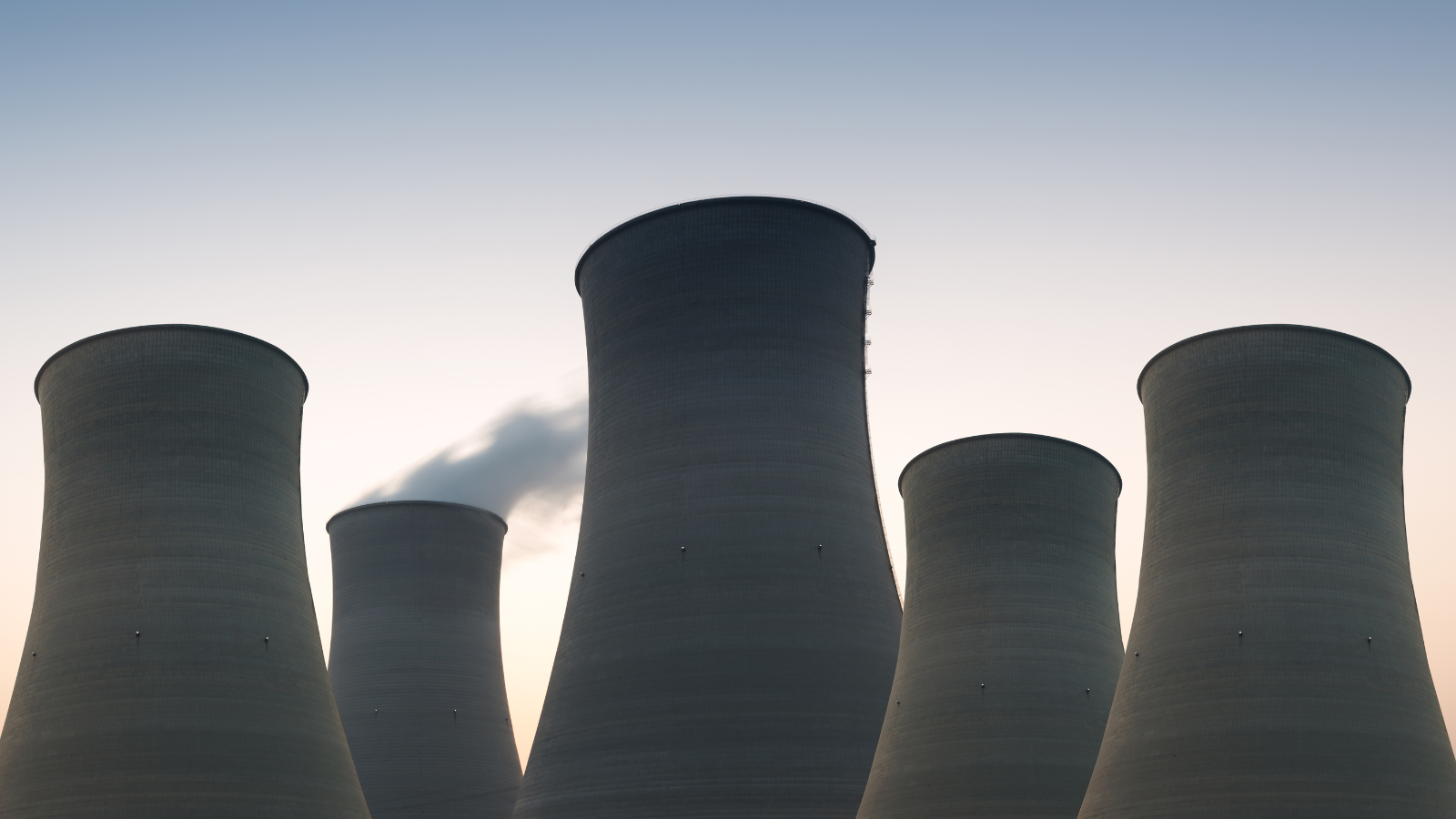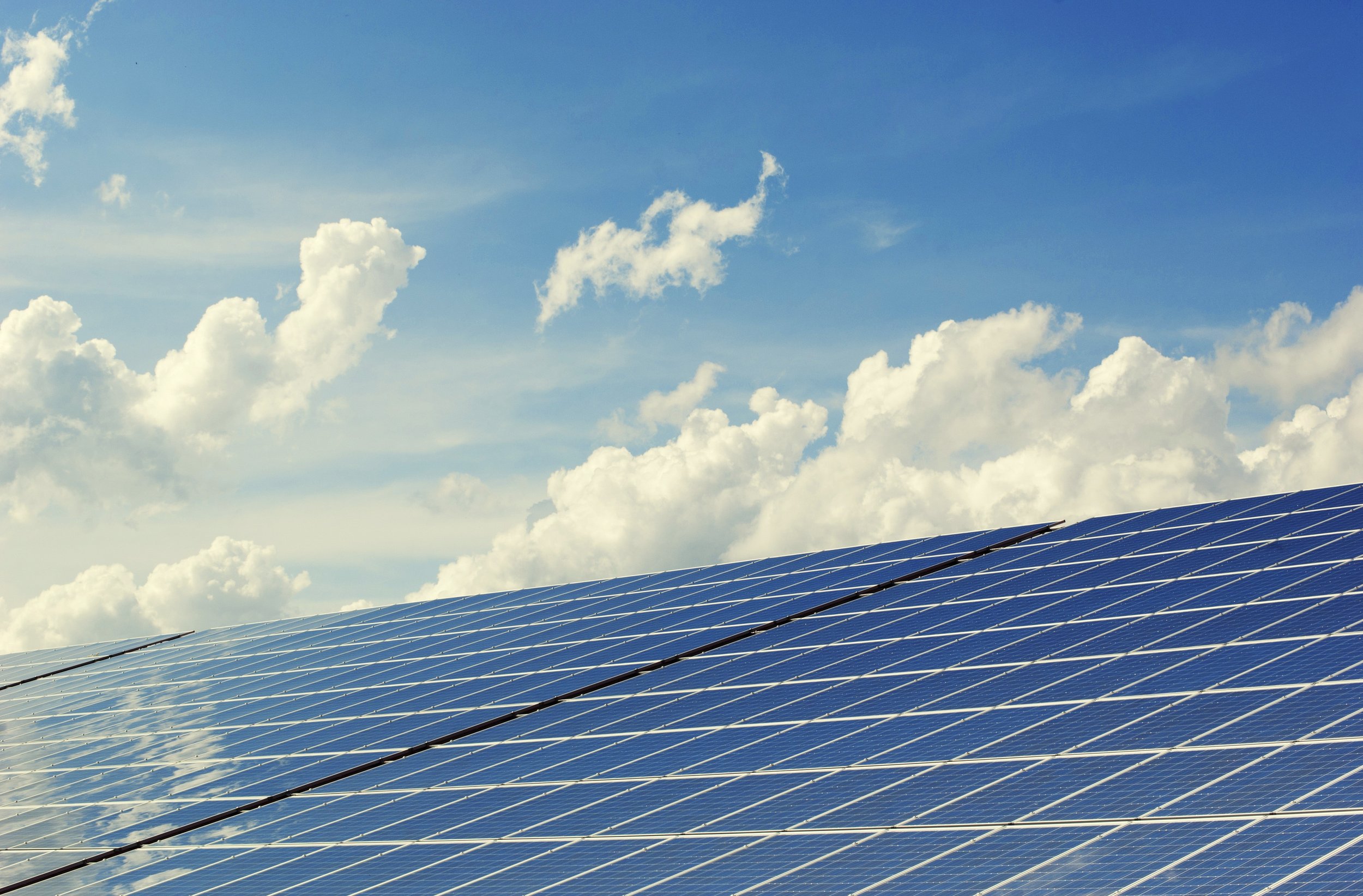Japan extends the lifespan of its nuclear reactors in bid to maximize the fuel tech post-Fukushima
Japan is one of the world's leading users of nuclear energy, with a fleet of 50 reactors that supplied approximately 20% of the country's electricity prior to the Fukushima Daiichi nuclear disaster in 2011. The majority of these reactors are pressurized water reactors (PWRs), with a smaller number of boiling water reactors (BWRs). Following the Fukushima disaster, Japan shut down all of its nuclear reactors for safety inspections and implemented new regulations to improve safety standards. As a result, the country's reliance on nuclear energy decreased significantly, and many of the reactors have remained offline.
That’s all about to change. Global fuel shortages have forced the country’s leadership to walk back their decision to turn away from nuclear energy and instead embrace it once again. The government is pledging to develop next-generation reactors and improve the lifespan of those that already exist.
Several states in the U.S., including California, Maryland, Massachusetts, New Jersey, New York, Oregon, Washington, and Rhode Island, plan to ban the sale of new gas-powered cars by 2035.
Nikola Corporation (Nasdaq: NKLA) recently opened its first HYLA high-pressure modular refueling station in Southern California, marking a significant step in zero-emissions transportation.
Danish investors in DSV are pressing the logistics giant regarding environmental, social, and governance aspects of its $10 billion joint venture in Saudi Arabia, supporting the Neom mega-city project.
Honda has unveiled its latest hydrogen fuel cell-powered vehicle, the 2025 Honda CR-V e:FCEV, signaling the company's commitment to utilizing hydrogen as a vehicle fuel source.
In Keyser, West Virginia, Sheila Wagoner, like many, isn't fond of the new wind farm dominating the skyline.
Hydrogen - the lightest element - is being touted as a promising clean fuel for the future, particularly in the automotive industry.
In September 2022, Hawaii shut down its sole coal power plant as part of its goal to achieve entirely clean electricity by 2045.
Ammonia has emerged as a potential marine fuel in the quest for decarbonization, but a study from Chalmers University of Technology in Sweden reveals that this alternative may create new environmental challenges.
IMC, the leading US container transportation company, has placed an order for 50 Nikola fuel-cell trucks to replace its battery-electric vehicles following unsatisfactory results from two years of testing.
Nikola Corp. recently took its hydrogen fuel cell electric truck for a spin at CES 2024, and we got a firsthand look at what this regional hauler can do.
The U.S. offshore wind industry is experiencing both challenges and progress in 2023.
North Korea is suspected of starting operations at a light-water reactor in its Yongbyon nuclear complex, raising concerns that it may be aiming to produce plutonium for nuclear weapons.
The U.S. offshore wind industry is looking to rebound in 2024 after a challenging year in 2023, marked by project cancellations and financial write-offs.
COP28 in Dubai marked a historic moment as nations committed to transitioning away from fossil fuels to combat climate change.
Connecticut's plan to ban the sale of gas-powered cars by 2035 is facing a setback, with Governor Ned Lamont shifting his focus to promoting electric vehicles instead of a scheduled legislative vote on the ban.
The California Public Utilities Commission has voted to cut financial incentives for rooftop solar power for the second time, causing concern in the solar industry.
Deforestation in Brazil's Amazon decreased by 22.3% in the 12 months through July, marking the smallest area cleared since 2018, according to government data from the Brazilian space research agency Inpe.
New Delhi, India's capital, experienced extremely poor air quality as a thick layer of toxic haze covered the city, leading to the closure of some schools.
Authorities are searching for a man who drove through the gate of a nuclear power plant in South Carolina and allegedly attempted to hit security officers before fleeing.
Germany has allowed France to use state subsidies for its nuclear power plants, breaking a deadlock in EU electricity market reform discussions.
The maritime industry is increasingly turning to wind power as an eco-friendly alternative for its vessels.
California Governor Gavin Newsom is facing key decisions regarding climate initiatives in the state.
Ocean Infinity, an ocean robotics firm, has entered into a contract with Equinor Wind US LLC to conduct a comprehensive site investigation survey off the coast of Morro Bay, California.
Volvo Trucks believes that battery-electric vehicles (BEVs) will be the main technology to transform the trucking industry in North America and globally.
The California Air Resources Board (CARB) has issued a mandate that tugboat operators must upgrade their engines with unapproved Diesel Particulate Filters (DPFs) within six months.
The shipping industry may struggle to secure enough carbon-neutral fuels to meet the 2030 maritime emission targets, according to DNV.
Three major truck and engine manufacturers, including Accelera by Cummins, Daimler Trucks & Buses US Holding LLC, and Paccar, have initiated a joint venture worth an estimated $2 to $3 billion to produce battery cells in the United States.
The Bronx Logistics Center in Hunts Point has achieved LEED v4 Platinum certification, making it one of the few distribution buildings in the US with this prestigious rating.
A new report by experts in human rights and the solar industry has raised concerns about the solar supply chain's lack of transparency amid human rights issues.































The world of sustainable energy is buzzing with excitement about a new water-powered engine, especially in the context of transitioning away from conventional energy sources.